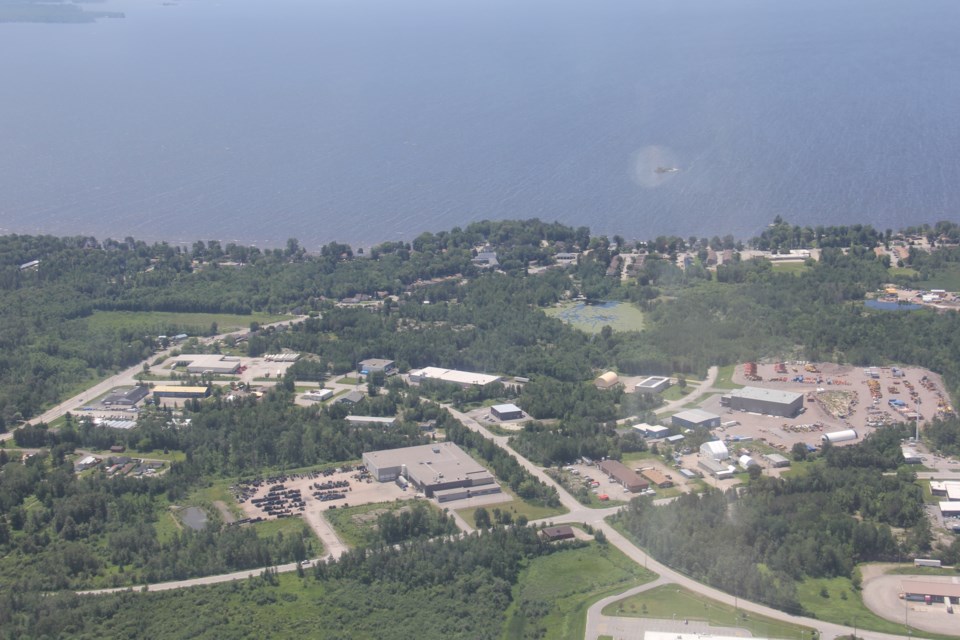A coalition formed in March with a mission to offer constructive advice from the perspectives of both the air services and stakeholders, and to bring concerns to the attention of Transport Canada says it has met with no cooperation from the governing body.
The Coalition of Northern Air Services and Stakeholders (CNASS) supports the interests of national air services associations, operators, over 280 northern and remote communities, and multiple business sectors including tourism, mining, agriculture, forestry, wildlife management, energy and municipal airports.
On May 14, CNASS issued a press release with respect to new Transport Canada regulations the coalition says are "causing very significant hardships for communities and businesses across Canada," and the coalition says Transport Canada has refused to even respond to numerous requests for meetings to discuss the issue or alternatives as challenges mount to provide emergency services — including firefighting — in what may be the worst forest fire season on record.
"As northern Canada struggles with historic level wildfires, soaring costs and declining services for even the most basic necessities, Transport Canada continues to reject industry and community appeals to address regulatory issues affecting essential and emergency services for hundreds of northern communities and businesses," states CNASS.
On December 12, 2022, Transport Canada imposed new regulations on the majority of aircraft operating in northern and remote Canada. CNASS says numerous warnings about the move have gone unheeded by Transport Canada.
"Other air service sectors have been wrestling with the new anti-fatigue regulations impacting the flying time and duration of flights. The anti-fatigue duty time regulations being phased in since 2020 have generated well-documented chaos among major air carriers, airports and, ultimately, passengers and those depending on critical air transport of goods, services and people."
CNASS says recent news articles have reported on the challenges faced to fly firefighting crews in to battle unprecedented forest fires in northern forests from B.C. to the Maritimes. Other news reports cite emergency services to Grand Manan Island off the coast of New Brunswick being cancelled largely as a result of the new Transport Canada regulations. Numerous pleas from Northern Communities, the Nishnawbi-Aski First Nation and Ontario MPP Sol Mamakwa have also generated little or no response from Transport Canada.
“Quite simply, the regulations designed for the large air carriers in the south just don’t work in northern and remote areas and are having a reverse effect on public safety," notes Corey Nygaard, manager of the Prince Albert Airport in Saskatchewan and vice-chair of the Regional Community Airports of Canada.
With Canada already facing an estimated pilot shortage of 30 percent, the new regulations are forcing air carriers at every provincial community airport to hire additional pilots that just aren’t available. The domino effect is reduced or cancelled flights, reduction in local/regional economic activity and resultant loss of jobs, according to Nygaard.
Tourism in every province and territory of Canada is also being affected along with thousands of people who earn their livelihoods in that sector.
“We've been hammered by the pandemic, slammed by increased costs, and now these regulations are hitting what is left of our northern and remote tourism sectors,” advises Manitoba Lodges and Outfitters Association executive director Don Lamont.
The mining sector has also been significantly affected in getting essential workers' equipment and supplies to remote operations, according to CNASS.
“We are hearing directly from mining companies and the air services that support them,” says CNASS spokesperson Laurie Marcil, who observes that over a 28-year period, Transport Canada’s own data shows there were only 34 fatigue-related incidents and most, if not all, were not related to duty times but rather the hours before the pilot arrived for work.
“No one is saying 'no' to good and workable safety regulations, but even Transport Canada’s own data shows fatigue-related incidents were declining year-over-year well before the new regulations came into effect. Surely there must be some room to amend the regulation for northern and remote air services.”
Also affected are the agriculture, wildlife management, forestry sectors and natural resources, energy and exploration sectors, says CNASS.
The Canadian Federation of Independent Business (CFIB) is taking an interest in the regulations and their impact on its members.
"These regulations are increasing the need and demand for qualified pilots, which are already in short supply, resulting in grounded fleets," says Jasmin Guénette, vice president of National Affairs. "We encourage the Minister of Transportation to consult with small Canadian air operators who have a lot to say about the impacts these regulations are having on their operations and the communities they serve."
On behalf of their respective members, the Northern Air Transport Association (NATA) and Helicopter Association of Canada (HAC) have been attempting to provide solutions to Transport Canada for over four years. Both industry representatives note a distinct lack of consultation and understanding by the regulating agency and that unacceptable shortcuts were taken in the implementation of the regulations, leaving both the industry and Transport Canada inspectors confused and uncertain on how to administer — let alone adapt to — the changes.
“So far, Transport Canada appears unwilling to recognize the challenges that have been created, nor does there appear to be any consideration for the workable alternatives supported by current unbiased fatigue science that are being put forward. The department hasn’t even followed its own compliance directives, and, unless changes are forthcoming, the struggle for industry and the Canadians that depend on its services is only going to get worse for everyone,” says Trevor Mitchell, president and CEO of Helicopter Association of Canada.



